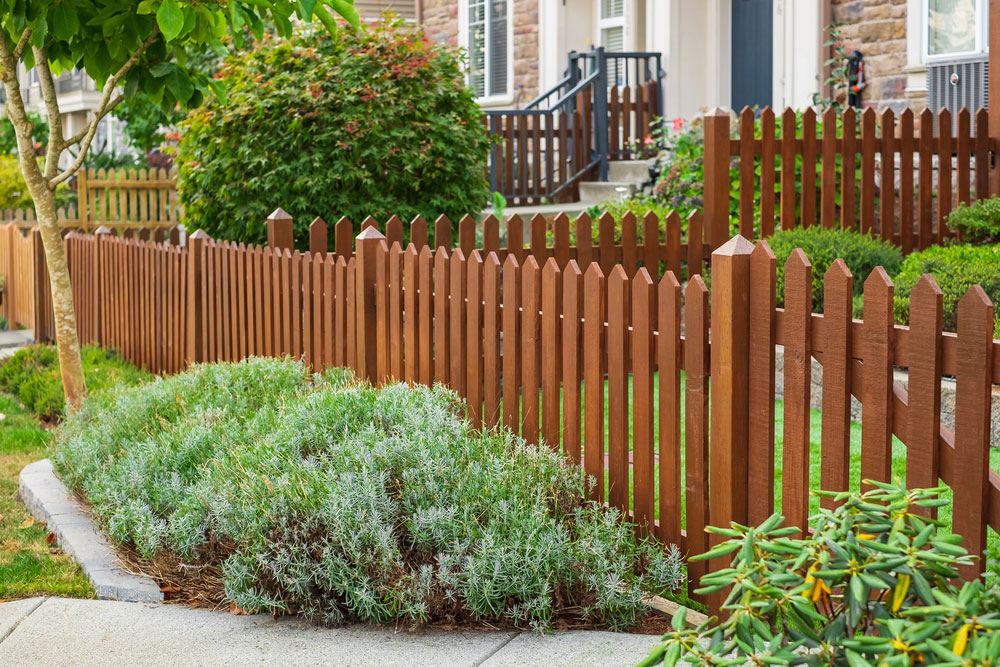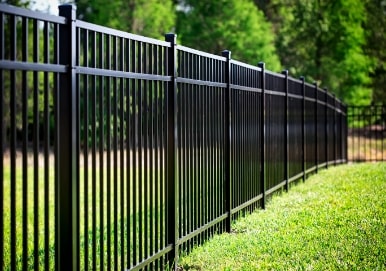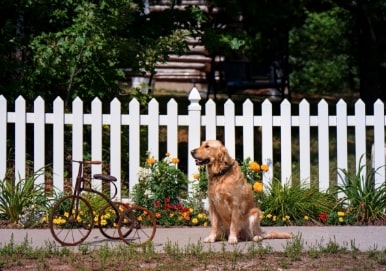Building a fence can be a significant improvement to your property. However, it can also impact your relationship with your neighbors. A neighbor-friendly fence is one that fosters cooperation and enhances the appearance of both properties.
When done right, it serves as both a functional boundary and a community-building feature. No matter if you are adding privacy or simply enhancing your home’s curb appeal, careful planning and communication with your neighbors are vital to guarantee a successful project.

Understanding What Makes a Fence Neighbor-Friendly
A neighbor-friendly fence is not just about creating a physical boundary. It is about being considerate of both your and your neighbor’s needs.
When building this type of fence, you must keep in mind factors such as aesthetics, functionality, and maintenance. A fence that benefits both parties will help prevent conflicts and will increase the long-term value of both properties.
The ideal neighbor-friendly fence should be attractive from both sides, serve its purpose without obstructing views unnecessarily, and be easy to maintain for both parties.
A “good neighbor fence” is a fence that looks great no matter which side is being viewed. It is built with consideration for your neighbor’s preferences.
Choosing the Right Materials for a Neighbor-Friendly Fence
The materials you choose for your fence will play a significant role in how your fence is perceived. For a neighbor-friendly fence, you will want to choose materials that are durable, aesthetically pleasing, and low maintenance. Common materials for neighbor-friendly fences include wood, vinyl, aluminum, and chain link. Each material offers its unique advantages, and selecting the right one depends on your needs and the preferences of your neighbor.
- Vinyl Fences: Vinyl fences are a low-maintenance alternative to wood. They do not require staining or sealing, and they are resistant to moisture and pests. A vinyl fence offers a clean, modern look that is highly customizable and durable. It is a good option for homeowners who prefer a sleek and long-lasting fence with minimal upkeep.
- Aluminum Fences: Aluminum fences are another great low-maintenance option. They are rust-resistant, lightweight, and can be designed with ornamental touches to add elegance to your property. Aluminum fences provide security without obstructing the view. They are ideal for properties that require a blend of function and aesthetics.
- Chain Link Fences: While often considered more utilitarian, chain link fences are an affordable and durable option. They allow visibility and airflow, which may be beneficial in certain situations. Adding privacy slats or a vinyl coating can improve the aesthetic appeal and functionality. A chain link is a good choice for creating a boundary without obstructing the view completely.
The Design of Your Neighbor-Friendly Fence
The design of your fence should be planned carefully to make it as pleasant as possible for both you and your neighbor. While the material selection is important, the design of the fence itself—how tall it is, what type of finish it has, and whether it will obstruct a view or allow for some privacy—is just as critical.
Some popular designs for neighbor-friendly fences include:
- Shadow Box Fences: These fences alternate boards on either side and allow both sides of the fence to look equally attractive. They provide some privacy while maintaining an open feel.
- Board-on-Board Fences: Similar to shadow box fences, board-on-board fences provide complete privacy by overlapping the boards. However, these may not be suitable for all properties, especially in smaller yards where space is limited.
- Post and Rail Fences: A more open design, post and rail fences are a good choice when privacy is not the main concern. They are typically lower in height and more decorative in nature, often used in rural or agricultural settings.
Legal Considerations and Property Lines
Before installing your fence, it is important to make sure you are building it within your property lines. Encroaching on your neighbor’s property can lead to legal issues, so verify the boundaries of your land before you begin construction. A property survey can help you accurately determine where your property lines are located.
Additionally, it is helpful to be aware of any local regulations regarding fence height and placement. Some areas have strict rules about how close a fence can be built to the property line or the type of materials that can be used.
How Good Neighbor Fence Can Help
Good Neighbor Fence specializes in building fences that not only enhance your property but also promote positive relationships with your neighbors. Be it wood, vinyl, aluminum, or chain link, our team is here to help guide you through the design and installation process. We offer high-quality craftsmanship and make sure that your fence meets your unique needs.
Contact us today to discuss your next fence design & installation project.





